Dear Editor:
I was considering whether to renew my subscription to WWII History. I then received the January 2004 issue and noticed the article, “Free French Stand at Bir Hachiem,” by Edward L. Bimberg. I had been trying recently to do my own research on this battle but was only able to find one book in English; everything else was in French.
Seeing this coverage convinced me to renew my subscription for two years. I appreciate stories that teach me something I did not already know. I also enjoyed the article in the November 2003 issue about the Chinese/Japanese battles in Shanghai in the 1930s. I find it interesting to read about the causes of World War II as well as the war itself.
Sincerely,
Ray Charlton
Corvallis, Oregon
Dear Sir,
I would like to congratulate Wil Deac for his excellent piece, “General Andrei Vlasov Led Russian Soldiers in the Service of Hitler’s Third Reich,” which I thoroughly enjoyed reading in your March 2004 issue. However, I do think there are a couple of points that need clarifying.
In his article Wil Deac stated that Vlasov “defected” to the Germans. This is incorrect. He was initially captured by the Germans and became a prisoner of war. It was only after a short period as a POW that he decided to try and form the Russian Liberation Army (ROA). Nor is it correct that those Russians who served in the ROA were fighting for Hitler’s Third Reich.
In my new book, Under the St. Andrew’s Cross (Europa Book, 2003), I quoted Erich Kern’s book, The Dance of Death, where he records what happened to him in the Ukrainian city of Lvov in the summer of 1944:
“Lunch brought a great surprise. The only other guests apart from me were a Russian general, a close associate of General Vlasov and his young wife. She spoke fluent German and with her help, the general and I started an animated conversation….”
Kern asked the general why the Russians had decided to fight alongside the Wehrmacht after the way they had been treated by the Germans in the prisoner of war camps. He looked broodingly before he spoke:
“You mustn’t delude yourself that those of us who decided for Germany, have done so out of love for you. We haven’t; we’ve done it because we know that there isn’t a hope of gaining freedom for Russia from within. We’ll be satisfied with the part of Russia you leave us. Or if we aren’t, then we will fight against you for Russia’s freedom once the Red plague has been stamped out. But even if you Germans lose the war; we Russian patriots will not give up the struggle. For don’t forget, we’re not fighting for Germany, but for Russia.”
Furthermore, the impression is given that Vlasov was the first and only Russian to organize, with German help, the armed struggle for the liberation of Russia. The first Soviet Russian was, in fact, Major Ivan Nikitich Kononov who, on August 22, 1941, led his entire Red Army regiment, the 436th, over to the Germans to form the nucleus of a future Liberation Army. This plan was thwarted by Hitler who saw all Slavs as subhumans.
At the outset of war in the East, an old émigré, Boris Alexeich Smyslovsky, formed battalions of Soviet Russians that became known as Sonderdivision R and, finally, the 1st Russian National Army with Smyslovsky being promoted to major general and using the name Arthur Holmston.
I do hope that this additional information will be of interest to your readers. Thank you for publishing the Vlasov piece.
Yours sincerely,
Peter J. Huxley-Blythe
Chester, United Kingdom
Dear Editor,
What a great story about the P-38 “Glacier Girl” in the March 2004 issue! We WWII Air Corps vets just love this dedication, which so many people worked so hard to accomplish: the flight of the wonderful plane.
On page 78 in the sidebar “P-38 Lightning Firsts,” I find an error that should be corrected. The P-38 was not the first tricycle landing gear fighter plane. It was the P-39 Aircobra. The P-39 was flown nine months before the P-38. The P-39 first flew on April 6, 1938, while the P-38 first flew January 27, 1939 (XP-38). My information is from the book, American Aircraft of World War II, by David Mondey, first published in 1982.
Having worked as an airplane mechanic on P-39s, I hate to see them ranked second.
Very truly yours,
Cecil W. Tucker
Graniteville, Vermont
Dear Editor,
I’ve just found some of my deceased father’s war history in the article “An Opportunity Lost” by Pat McTaggart (November 2003). My father mentioned leaving Norway and getting to blockade Murmansk, but I never found any history until this article. Now I know he was with Feige’s Armeekorps artillery.
A big surprise also that in the same issue was an article on Mortain and the 30th Infantry Division (“A World of Burnt Out Tanks” by Al Hemingway). By this time, my father had left Russia and was with 116 Panzer Division, just after D-day. He was with 394 Sturmartillery Brigade. Many of your articles have mentioned 116 Panzer as meeting Americans in hard-fought battles. I know this may still be a touchy subject. He met the Canadians at Wesel (another article) where he was captured and sent to England as a POW, and so I am writing to you.
Thanks again for enlightening me on places, that like all other veterans, my father would not talk about. It has remained for me to piece the bits together. Looking forward to more great articles in your magazine.
Regards,
Henry Heyer
Bli, Bli, Australia
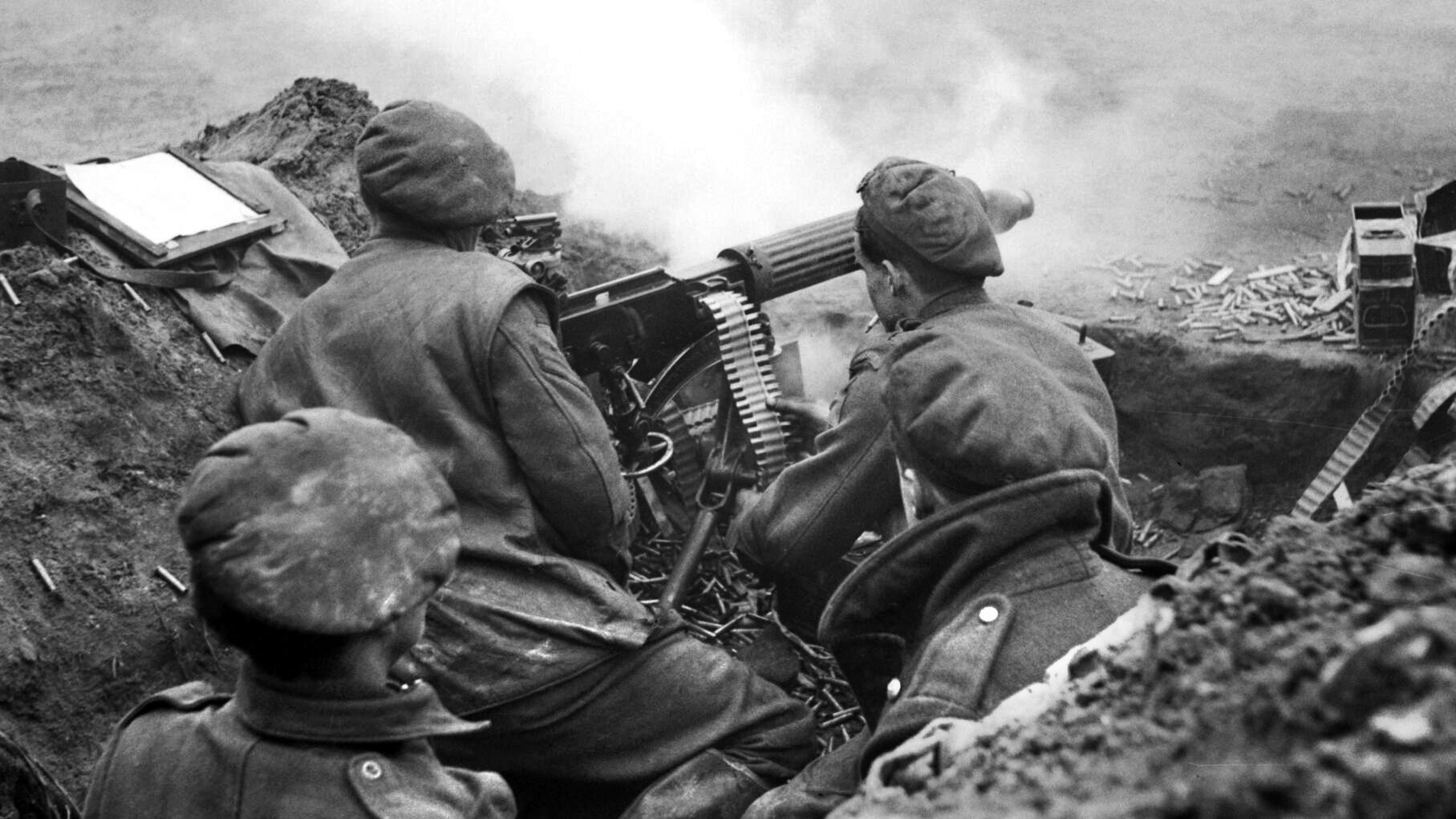
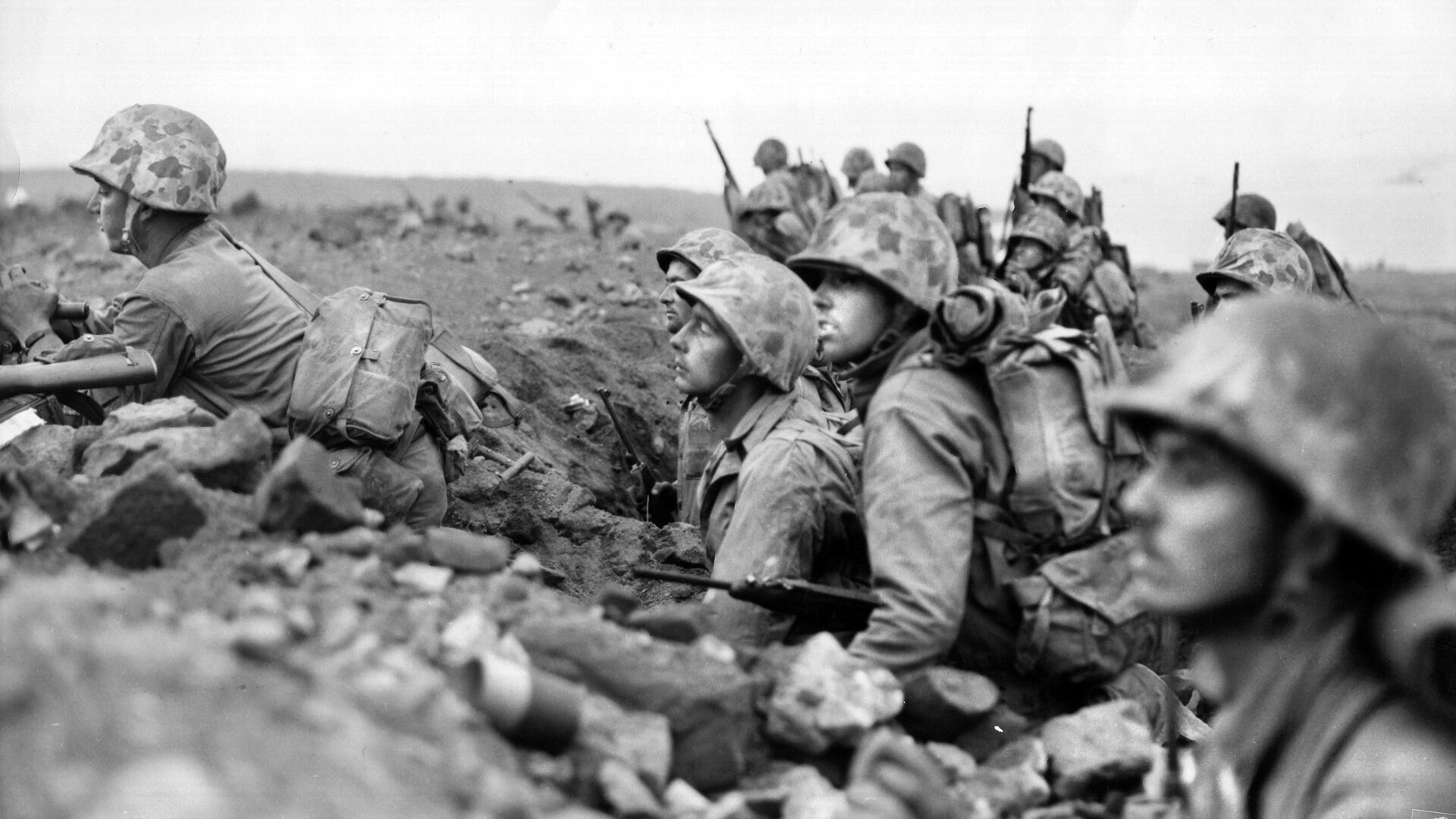
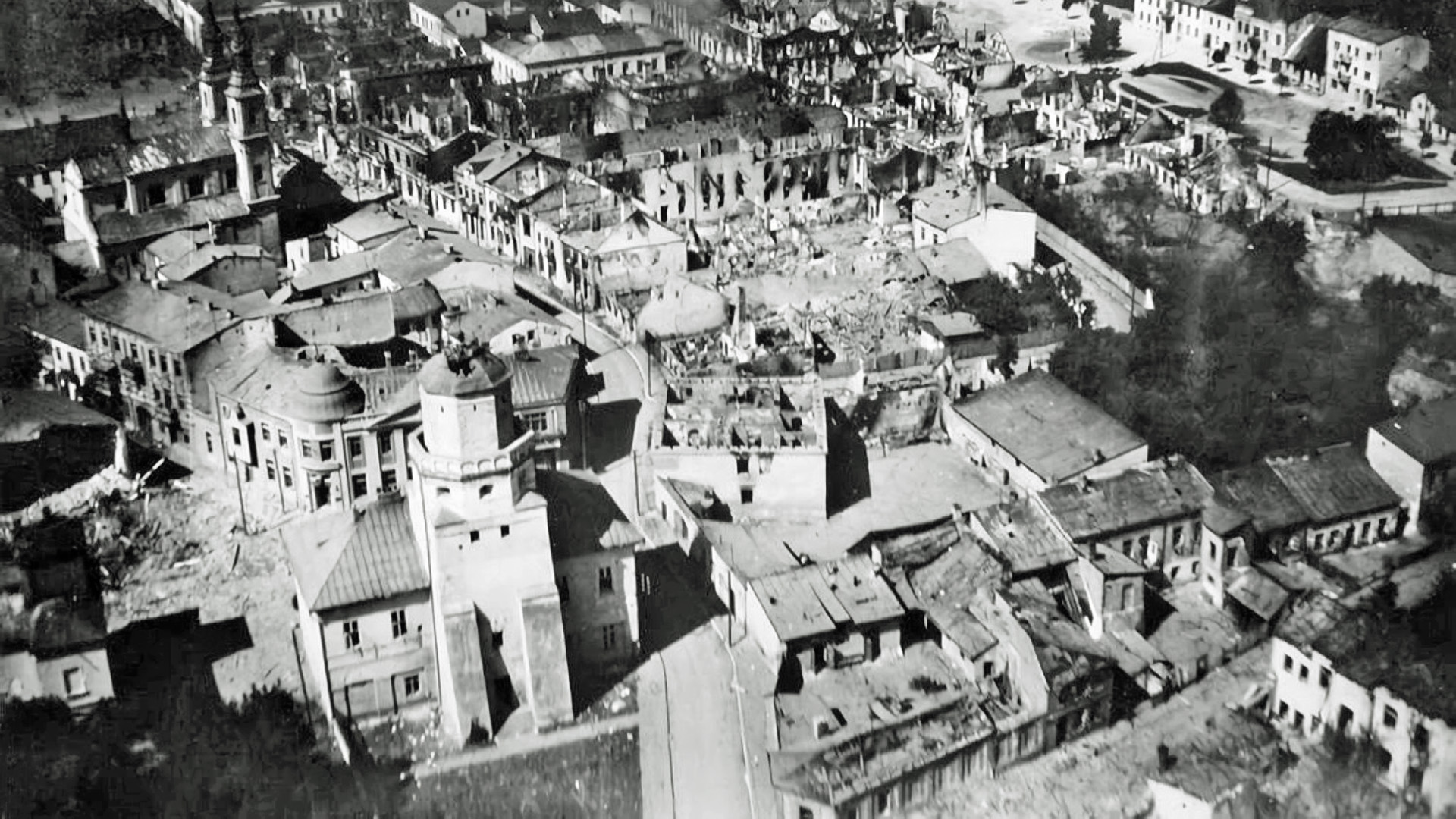
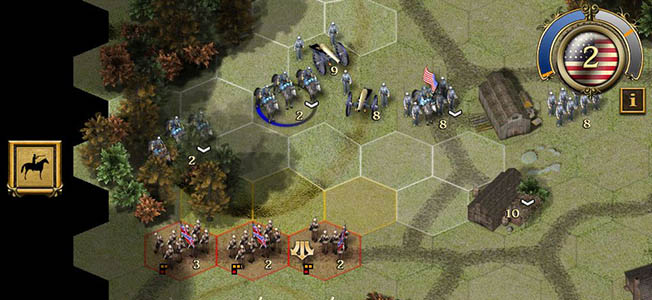
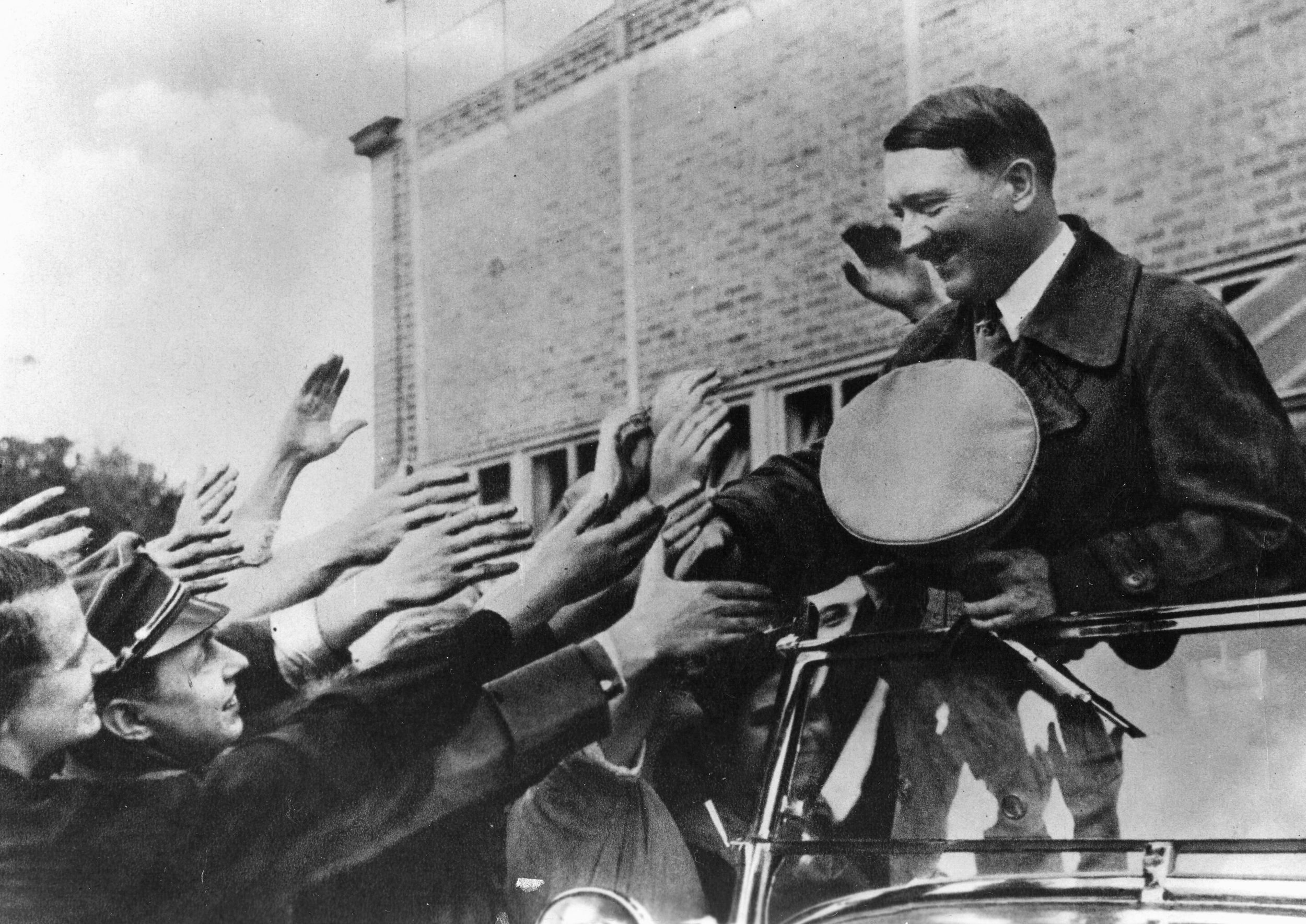
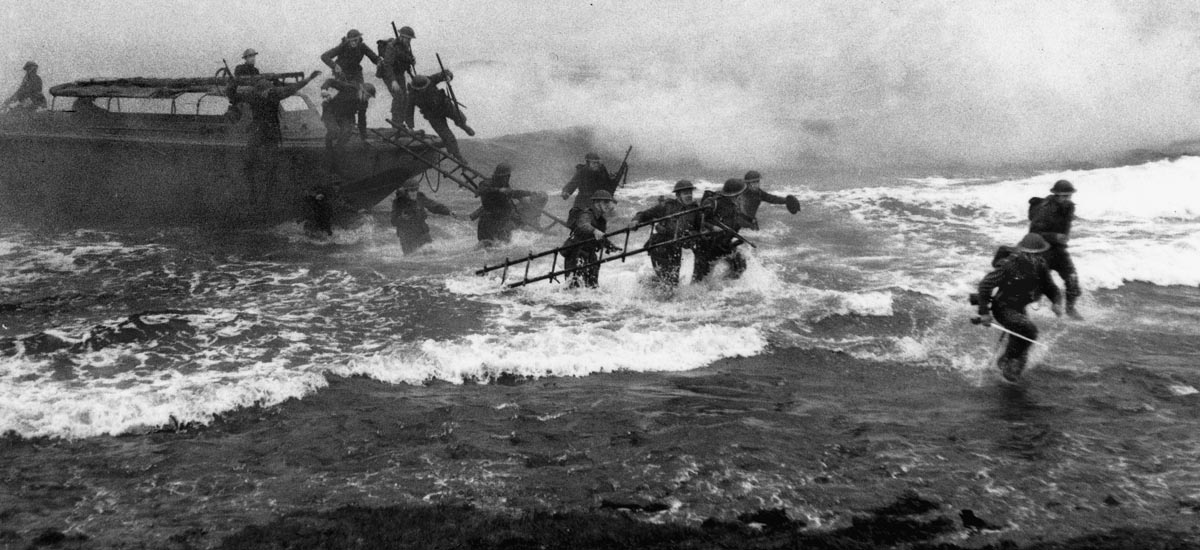
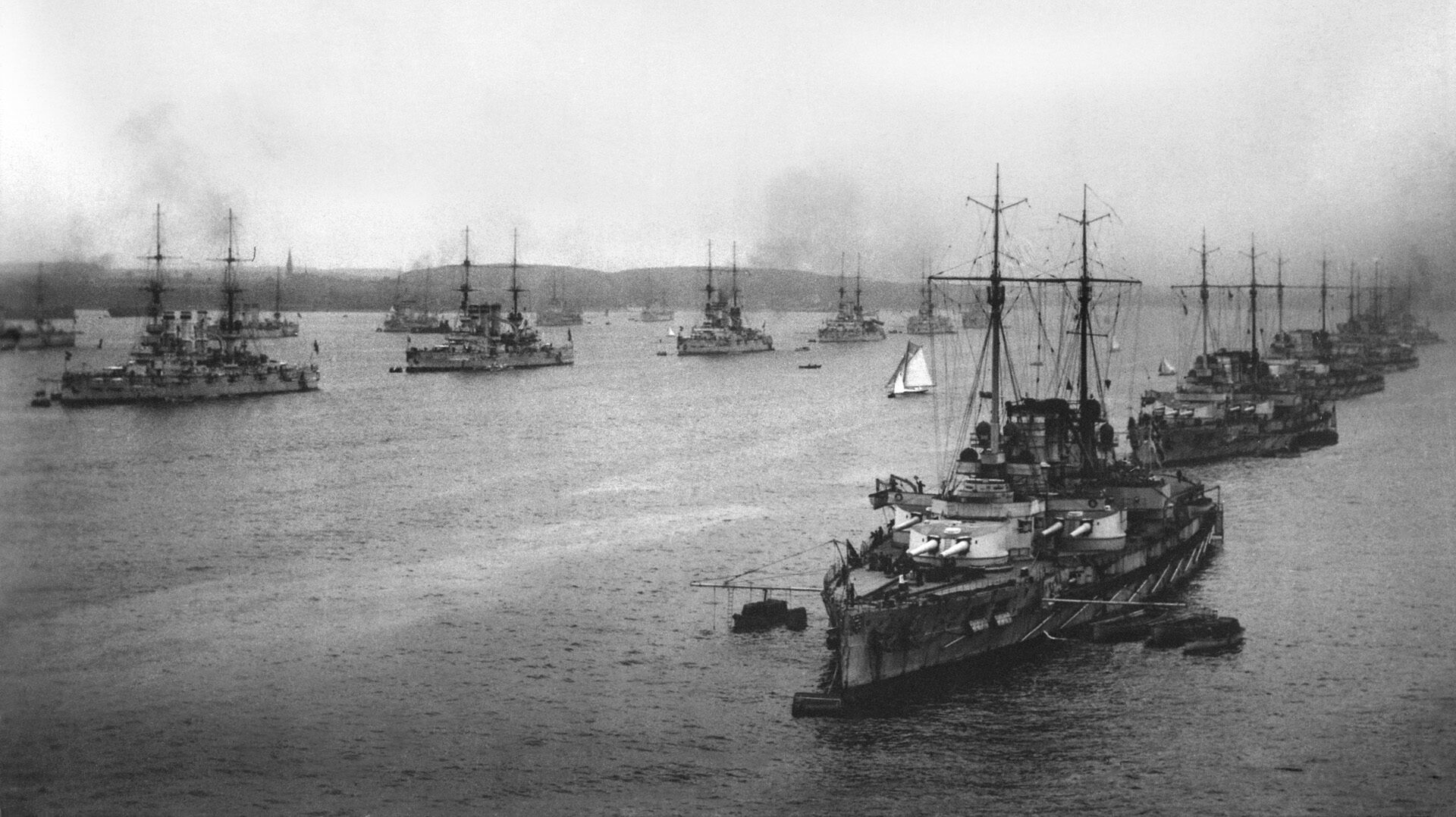
Join The Conversation
Comments
View All Comments